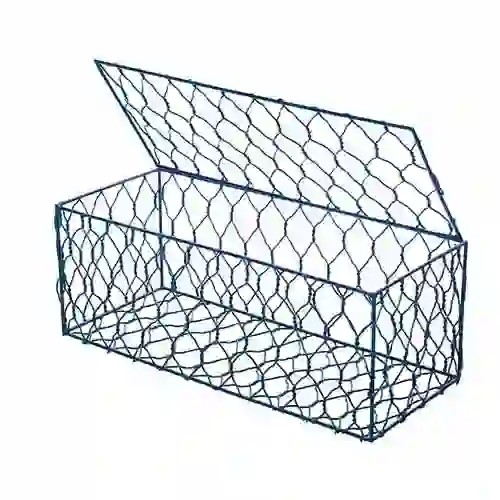-
 Phone:
Phone: -
 Email:
Email:

chain link fence weaving
Understanding Chain Link Fence Weaving A Practical Guide
Chain link fencing is a popular choice for various applications, ranging from residential properties to industrial sites. Its versatility, durability, and cost-effectiveness make it an ideal fencing solution for many situations. A significant aspect of chain link fencing is the process of weaving the wire, which is essential for creating a robust and effective barrier. In this article, we will explore the intricacies of chain link fence weaving, its components, and the benefits it offers.
Components of Chain Link Fencing
Before delving into the weaving process, it’s important to understand the key components of a chain link fence. The primary elements include
1. Chain Link Fabric This is the woven wire mesh that forms the main structure of the fence. It is typically made from galvanized steel, which offers excellent resistance to rust and corrosion.
2. Line Posts These vertical posts are installed at regular intervals to support the chain link fabric. They are usually set in concrete to ensure stability.
3. Top Rails A horizontal rail runs along the top of the fence, connecting the line posts for added structural integrity.
4. Tension Wire This wire is often installed along the bottom or top of the fence to help maintain the shape and tension of the fabric.
5. Gates For entry and exit points, gates can be integrated into the chain link fence system, providing functionality without compromising security.
The Weaving Process
The weaving of chain link fabric involves a series of steps that result in the final product. The process typically starts with a roll of galvanized wire, which is drawn to the required gauge and cut into lengths suitable for weaving. Here’s a simplified overview of how the weaving is accomplished
1. Cutting the Wire The wire is cut into predetermined lengths, which will eventually form the vertical and horizontal strands of the chain link.
chain link fence weaving

2. Weaving the Strands The production process often employs machinery to intertwine the vertical and horizontal wires. The vertical wires, known as “stakes,” are placed in a pre-arranged pattern, while the horizontal wires are woven through them in a diamond configuration. This specific weave pattern is what gives chain link fencing its characteristic appearance and strength.
3. Securing the Fabric Once woven, the edges of the fabric are typically secured with wire ties or clips, ensuring that the mesh stays intact and can withstand external pressures.
4. Finishing Touches The completed chain link fabric is often treated with a protective coating, such as vinyl, to enhance its resistance to the elements and improve its aesthetic appeal.
Benefits of Chain Link Fencing
Chain link fencing offers numerous advantages that contribute to its widespread use
- Cost-Effective Compared to other fencing options, chain link is relatively inexpensive, making it an attractive choice for budget-conscious consumers.
- Durability The galvanized steel used in chain link fencing is resistant to rust and corrosion, ensuring a long lifespan.
- Visibility The open weave design of chain link fencing allows for visibility while maintaining security, making it an ideal choice for commercial properties.
- Low Maintenance Chain link fences require minimal maintenance. Regular inspections and cleanings are typically sufficient to maintain their appearance and functionality.
- Ease of Installation Chain link fencing can be installed quickly and efficiently, whether by professionals or skilled DIY enthusiasts.
Conclusion
Chain link fence weaving is a critical aspect of creating durable, functional fencing systems. Understanding the components and the weaving process provides insight into why chain link fencing is such a popular choice across various sectors. With its combination of strength, affordability, and low maintenance, chain link fencing continues to be a go-to solution for securing spaces, protecting property, and delineating boundaries.
-
Wire Mesh for Every Need: A Practical SolutionNewsJul.25,2025
-
Steel Fences: Durable, Secure, and Stylish OptionsNewsJul.25,2025
-
Roll Top Fencing: A Smart Solution for Safety and SecurityNewsJul.25,2025
-
Cattle Farm Fencing Solutions for Maximum SecurityNewsJul.25,2025
-
Affordable Iron Binding Wire SolutionsNewsJul.25,2025
-
Affordable Galvanized Wire SolutionsNewsJul.25,2025
-
Wire Hanger Recycling IdeasNewsJul.25,2025








